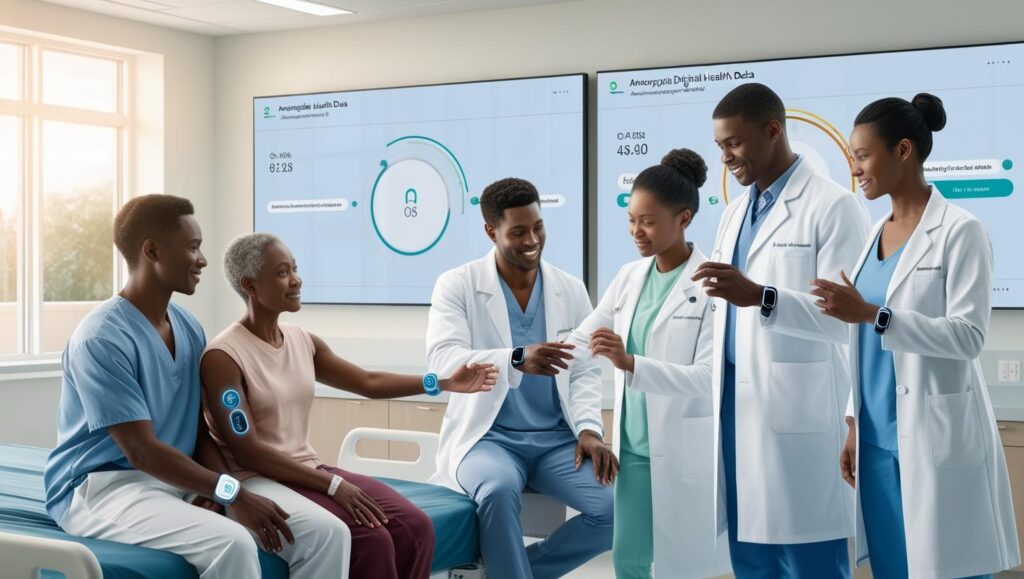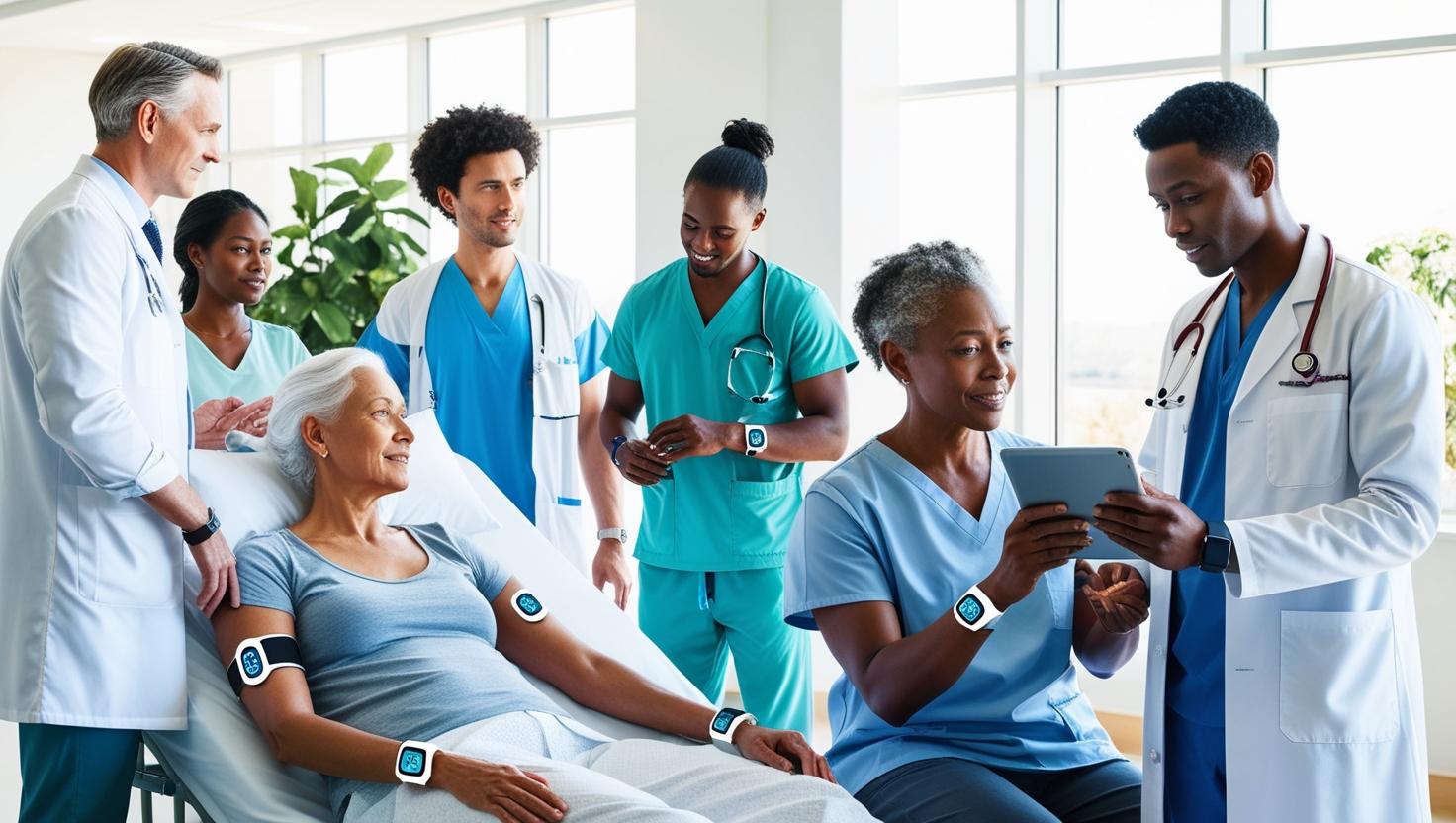Let’s explore the most impactful wearable tech innovations making waves in the medical field.
1. Smartwatches with Health Monitoring
Smartwatches have evolved beyond fitness tracking. Devices like the Apple Watch and Fitbit now feature ECG monitoring, blood oxygen saturation (SpO2) tracking, and irregular heart rhythm detection. These features empower users to detect early signs of cardiac issues and seek timely medical help.
2. Continuous Glucose Monitors (CGMs)
For diabetic patients, CGMs such as Dexcom and FreeStyle Libre offer a non-invasive way to monitor blood sugar levels around the clock. These devices eliminate the need for frequent finger pricks and enable better glycemic control through smartphone integration and real-time alerts.
3. Wearable ECG Monitors
Portable ECG monitors like the KardiaMobile provide clinical-grade heart rhythm analysis. These wearables help cardiologists remotely monitor patients, reducing the need for frequent hospital visits and enabling prompt diagnosis of arrhythmias or atrial fibrillation.

4. Smart Clothing and Textiles
Innovative startups are integrating sensors into fabrics to monitor respiration, posture, and movement. These "smart clothes" are especially valuable in post-operative recovery and physical therapy, offering data-driven insights into patient progress.
5. Biosensors and Patches
Disposable biosensors like the VitalPatch can track multiple vital signs—heart rate, respiratory rate, temperature, and activity levels. Hospitals use these to monitor patients remotely, reducing strain on in-patient resources and enhancing post-discharge care.
6. Neurological Wearables
Devices like the Muse headband or Emotiv EEG headsets are unlocking new possibilities in mental health. These wearables track brain activity to assist in managing stress, anxiety, and even early signs of neurological disorders such as epilepsy or Parkinson’s.
7. Wearables for Elderly Care
Smart insoles and fall-detection wearables are transforming eldercare. They alert caregivers in real time about unusual motion patterns or falls, ensuring timely assistance and better quality of life for senior citizens.
The Role of Asset Tracking in Healthcare Innovation
As hospitals adopt more wearable tech and smart devices, efficient asset tracking becomes essential. From patient-monitoring devices to mobile diagnostics units, knowing the exact location and usage history is vital.
This is where Webyug Infonet LLP steps in.
Conclusion
Wearable technology is no longer a novelty in healthcare—it’s a necessity. It empowers patients, enables personalized care, and enhances clinical outcomes. However, with the influx of smart devices and medical tools, robust asset management becomes a cornerstone of operational efficiency.
At Webyug Infonet LLP, we offer advanced asset tracking solutions that help healthcare providers manage and monitor their critical equipment in real time. From RFID-based tracking to cloud-based dashboards, we ensure your assets are always accounted for, secure, and utilized effectively.
Ready to upgrade your healthcare infrastructure?
Let Webyug Infonet LLP be your trusted partner in the journey toward smarter, safer healthcare.

